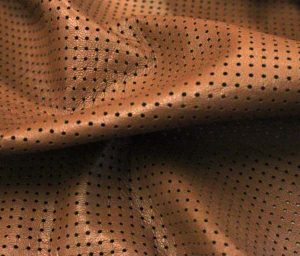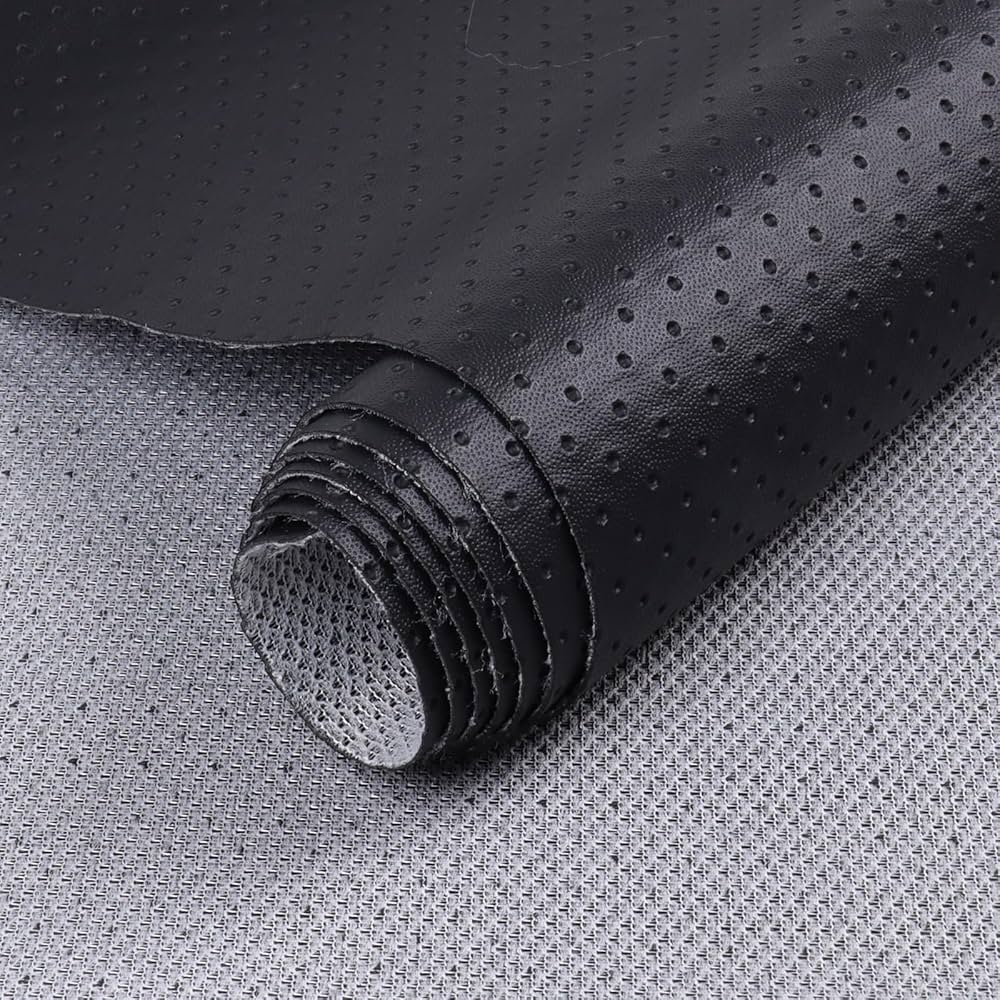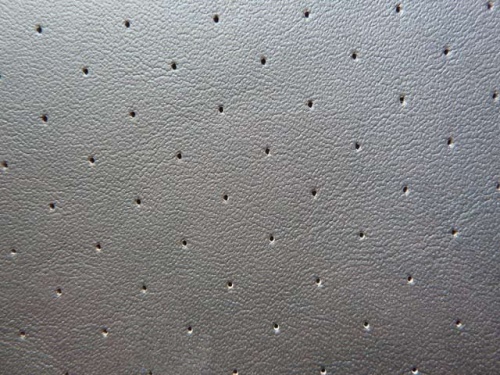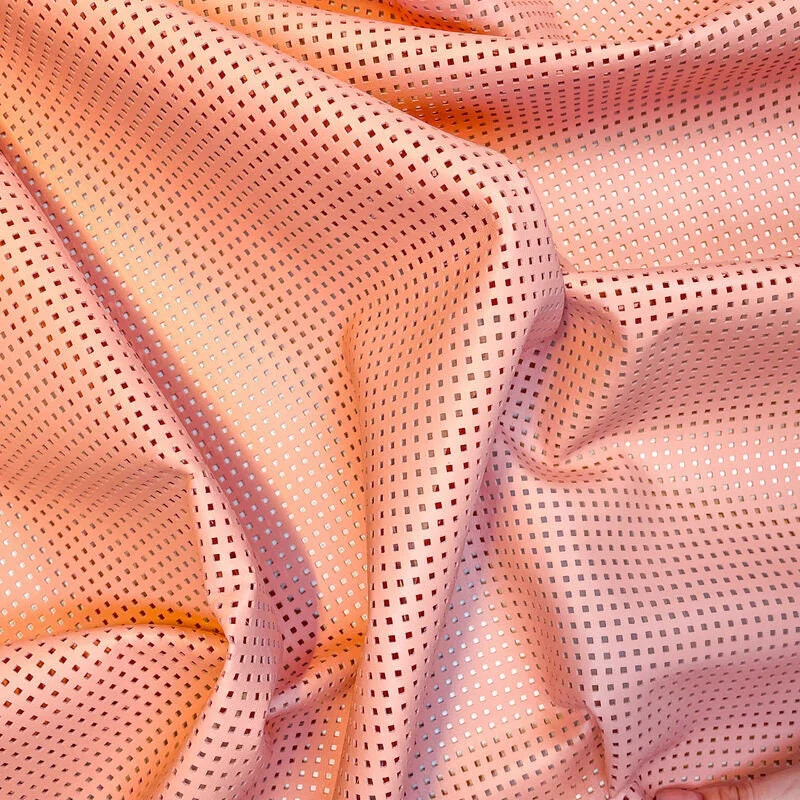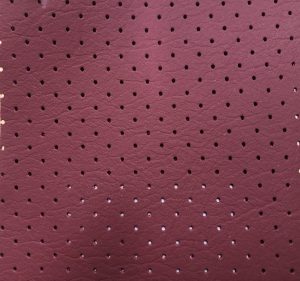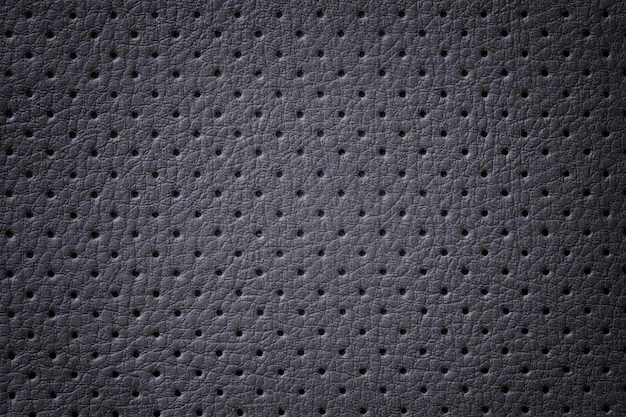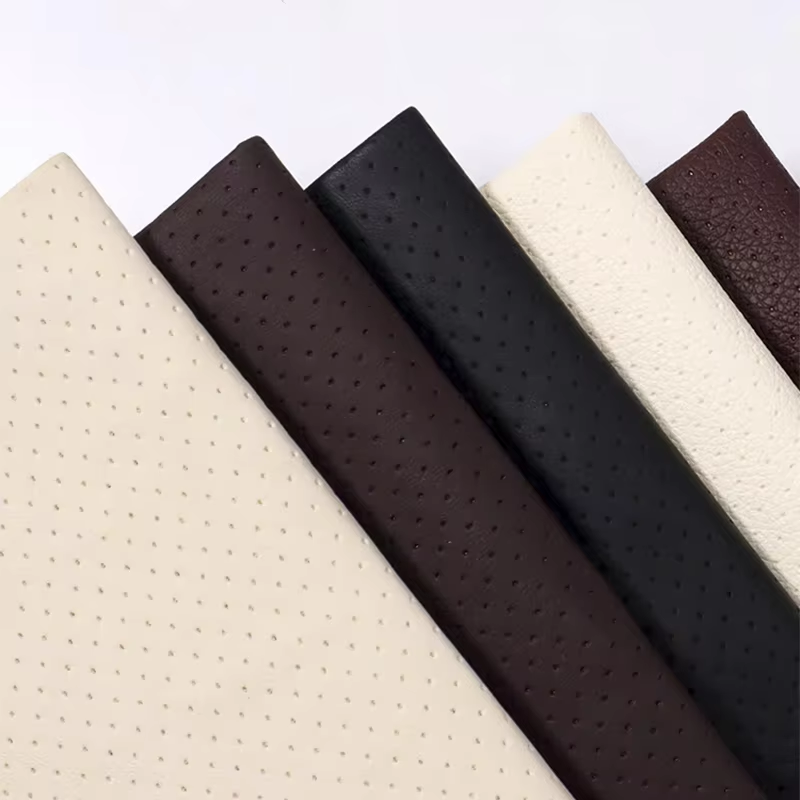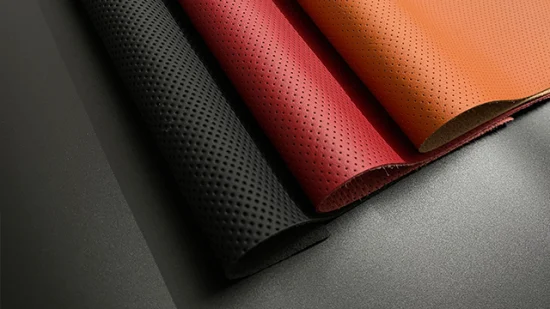Description
Perforated leather is a unique and versatile material favored in various applications, particularly in the automotive, fashion, and furniture industries. It is created by puncturing small holes into the leather, allowing for increased breathability and ventilation. This characteristic is especially desirable in car interiors, where it enhances comfort during warm weather by reducing heat buildup and moisture retention. The aesthetic appeal of perforated leather is equally noteworthy; the small holes add texture and complexity to the surface, elevating the overall design and making it an attractive choice for seats, steering wheels, and upholstery.
Beyond comfort and aesthetics, perforated leather also offers practical advantages in terms of maintenance. The inherent porousness helps in repelling moisture to some extent, making it easier to clean and reducing the risk of mildew. Designers often leverage these qualities to create stylish products that meet the demands of both function and fashion. In sports apparel, for instance, perforated leather is frequently used to enhance airflow, providing wearers with increased comfort during physical activities.
Furthermore, perforated leather can be found in accessories like bags, wallets, and shoes, where it provides not only style but also a lightweight and flexible option. As trends shift toward more sustainable choices, the production of perforated leather can also highlight eco-friendly practices, particularly when sourced from responsibly tanned hides. Ultimately, perforated leather exemplifies how innovation in material design can meet consumer needs for comfort, style, and sustainability, making it a lasting favorite in various industries.

